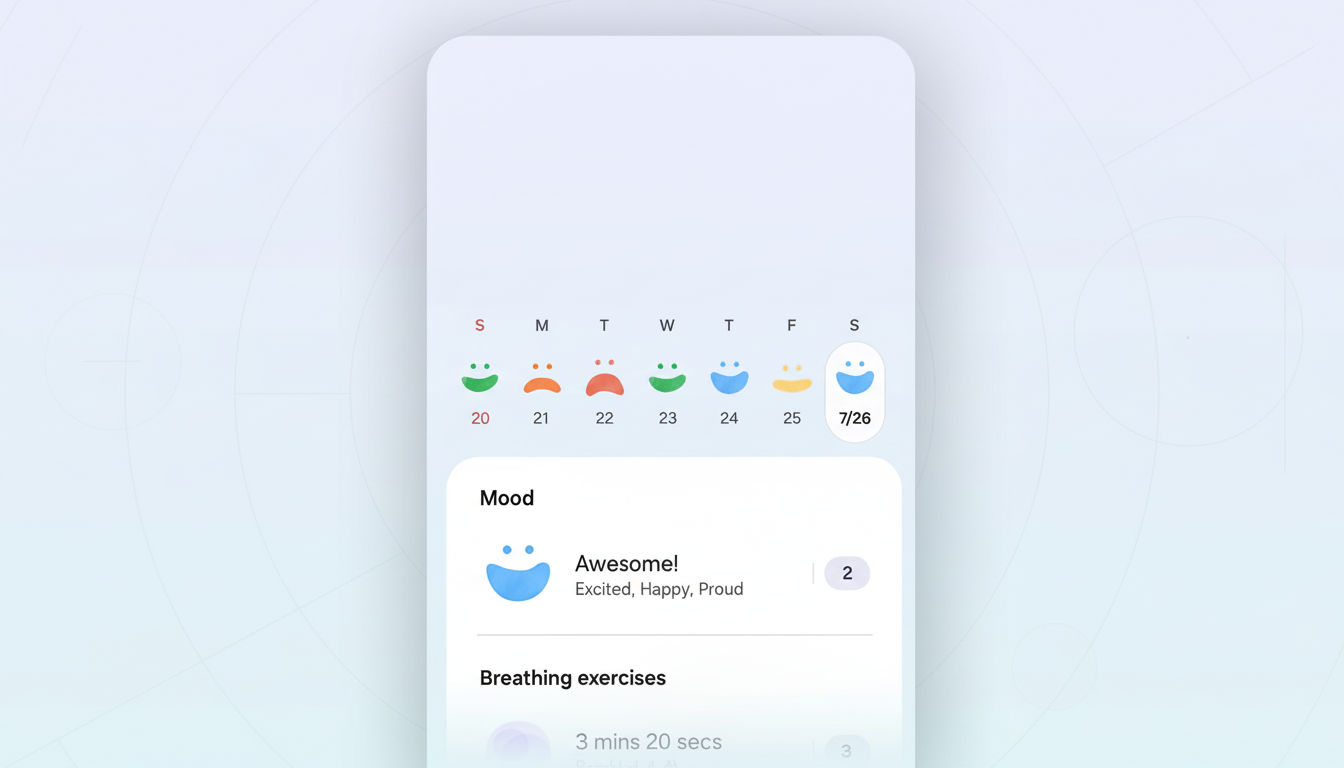And Samsung is converting its health app into a front door for care. Through a new partnership with telemedicine provider HealthTap, Samsung Health now allows users to book appointments, meet with doctors and follow up from bed (so long as they’re in any of the 50 states or Washington, D.C.). The experience is contained entirely within the Samsung Health app on Galaxy phones and tablets to deliver on-demand medical advice alongside the fitness and wellness metrics many users already monitor daily.
How It Works Inside Samsung Health for Virtual Care
Open up Samsung Health and there will be a new option to schedule virtual care. From there you can choose an urgent consult (at any hour) or schedule a standard appointment, join the video visit in-app, and get all of your clinician’s notes and recommendations as a transcript that lives with your health data. It’s a setup meant to consolidate what usually consists of several apps and portals into one, familiar interface.

The new flow is powered to be smooth, in part because Samsung Health already houses important data points—activity, sleep, heart rate and the like. That can allow health care providers to easily see an overview of your recent health trends, if you decide you want to share them. The service is designed to encourage preventive screenings and help manage everyday care responsibilities, but is not for emergency medical situations that would require in-person visits.
A Closer Relationship With HealthTap for Telehealth
HealthTap hosts the visits nationwide based on its network of board-certified physicians, who are licensed in a patient’s home state. In Samsung Health, users can request care for common issues ranging from upper respiratory infections and rashes to medication refills or ongoing management of existing conditions such as hypertension or asthma—scenarios that lend themselves well to telemedicine. Prescriptions can be electronic if indicated.
Samsung is also expanding its existing pharmacy tie-ups. By connecting records and prescriptions, it enables users to track medications and compare current treatments with previous ones. Integration with Walgreens pharmacy allows users in eligible states to order and track refills directly from the same hub, closing a loop that frequently disintegrates between a virtual visit and actually getting drugs in hand.
Wearable Data Paves Way for Fast, Nationwide Remote Care
Samsung’s move is particularly significant given how much health data its ecosystem can expose. Galaxy Watch and Galaxy Ring users have the ability to measure ECG readings, receive atrial fibrillation notifications, keep blood pressure levels in check with tracking features, and track advanced metrics including routine measurements for AGEs (advanced glycation end-products) and antioxidant indexes. While every data point is not by itself diagnostic, the long-term view can help doctors understand what a patient’s “normal” looks like and to pick up deviations more quickly.
Imagine a provider that can see the last week’s worth of sleep patterns, resting heart rate and SpO2 variability before discussing fatigue they’re experiencing, or look at recent activity levels before recommending a return to exercise after an illness. With patient approval, this contextual layer can also make remote assessments quicker and more personal — preserving the encounter within an app (instead of having a health provider open countless tools on their end).

Telehealth Demand Is Rising Across the United States
The move comes as virtual care becomes a fixture in mainstream medicine. The global telehealth market is valued at around $94 billion in 2024 and will grow at a compound annual growth rate of 11.5% through 2030, essentially doubling over the next decade, according to MarketsandMarkets. In the U.S., about one in three adults report having used telemedicine in the past year, according to recent CDC survey data, though use was higher among people with chronic conditions.
Convenience is a big part of that adoption. For people in rural areas, patients whose mobility may be limited and parents of young children, or even for those experiencing difficulty coordinating work hours, a 24/7 option can help divert non-emergency issues from urgent care centers and stem unnecessary ER visits. By placing the visits within a consumer health app that is used widely, Samsung reduces the activation energy required to inquire or book a same-day consult.
Availability and Next Steps for Samsung Health Visits
The virtual visit tool is up and running around the U.S. (including in D.C.) through the Samsung Health app on Galaxy smartphones and tablets.
Pricing and insurance qualification takes place during the appointment process on HealthTap, just like with other telemedicine services. If using any form of remote care service, an emergency should still be directed to local emergency services.
There’s no mention of any AI-driven triage or diagnostics related to these visits in Samsung’s announcement. That said, the company already has an AI assistant built into Samsung Health to answer general health questions and is working on automatic summarization and decision support for clinicians, which could be where the industry moves next. Unifying care delivery in the same app as your health records and wearables data paves the way for that next step — faster, more personalized care without adding complexity for users.

